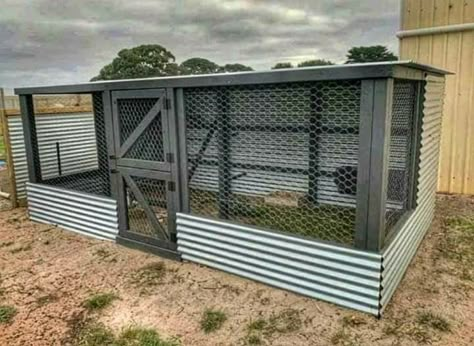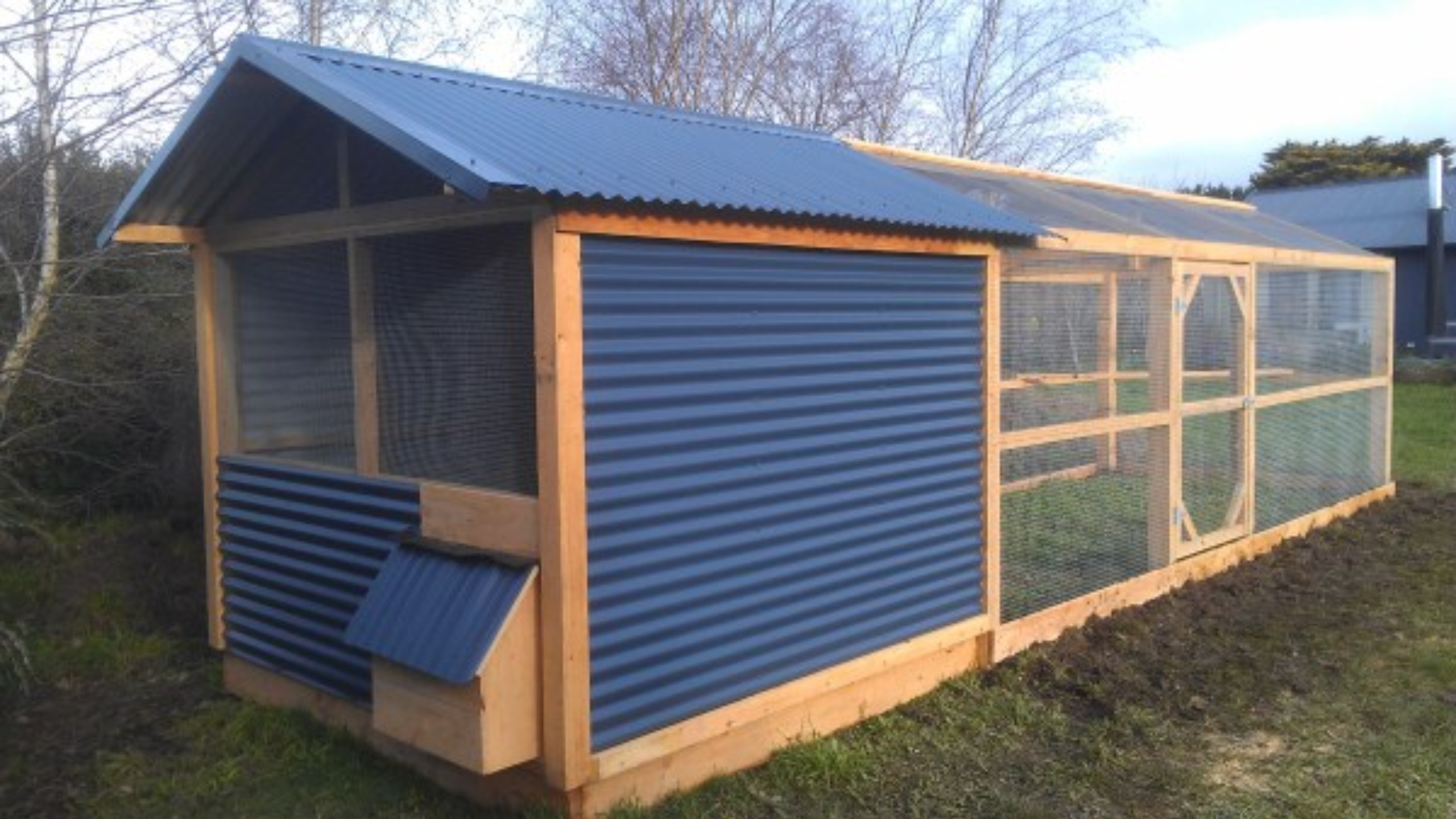Creating a chicken coop can be an incredibly rewarding experience. Not only does it allow you to enjoy fresh eggs daily, but it also offers the companionship of these curious and lively birds. But building a coop isn’t just about functionality; it’s also about creating a space that complements your outdoor environment. A well-designed chicken coop combines practicality with visual appeal, transforming your backyard into a charming, lively space.
In this guide, we’ll walk you through key considerations and practical tips to help you design and build a chicken coop that balances durability, safety, and beauty—perfect for any garden enthusiast.
Choosing the Right Wooden Structure
The backbone of any lasting chicken coop is its frame. To ensure your coop withstands the test of time and weather, selecting the right materials is crucial. We recommend using treated wood, which offers excellent resistance against moisture, pests, and varying climate conditions like strong winds and rain.
Popular options include pinus or eucalyptus treated wood—they’re affordable, durable, and well-suited for outdoor construction. Treated wood not only prevents rotting but also reduces maintenance needs, allowing you to enjoy more time with your chickens rather than repairing your coop.
Before construction, consider the overall design and size. It’s wise to plan for enough space per chicken—generally around 4 square feet per bird inside the coop and 8–10 square feet in the outdoor run. This ensures your hens stay comfortable and healthy.
Designing a Practical, Sloped Roof
A properly sloped roof is essential to protect your chickens from the elements. An inclined roof facilitates effective rainwater runoff, preventing water from pooling on top, which can lead to leaks or structural damage over time.
You can choose from different roofing materials—ceramic tiles, fiber cement, or metal sheets—each offering a balance of cost, durability, and appearance. Whichever you select, ensure the roof is firmly attached and extends sufficiently beyond the walls to shield the walls and interior from rain.
Adding insulation or a simple overhang can further improve comfort for your birds during colder or wetter months. Remember, a cozy, dry environment is key to maintaining healthy, happy hens.
Securing the Coop with Galvanized Wire
Protection is paramount to keep predators like foxes, rats, or birds of prey at bay. Installing galvanized wire mesh around the coop creates a physical barrier that predators can’t easily breach.
Opt for a mesh with small holes—around 1/2 inch or less—to prevent entry of even small pests. The mesh should cover the entire enclosure, including the sides and top of outdoor runs, ensuring your chickens can roam safely while enjoying good ventilation and fresh air.
Good ventilation, combined with the protective mesh, helps prevent moisture buildup and associated diseases, creating a healthier environment for your flock.
Flexible Internal Divisions

If you’re starting a diversified chicken flock, subdividing the interior is highly beneficial. Separate zones allow you to house chickens of different ages or breeds, and they make managing the flock much easier.
Dividers can be simple wooden partitions or lightweight wire panels. They should be easy to remove or adjust as your flock grows or needs change. Additionally, keeping a close eye on each group’s health becomes easier when they have their own space.
This approach not only improves management but also prevents aggressive behavior and pecking order disputes among different groups.
Easy Access with Strategically Placed Doors
Daily chores—feeding, cleaning, collecting eggs—are much simpler with well-placed doors and gates. Design entrances at convenient spots for easy access to different sections of the coop.
Wooden or metal doors with secure locking mechanisms are recommended to prevent escapes and intrusions. For added convenience, incorporate escape-proof latches and consider using sliding or hinged doors that open wide enough for cleaning equipment or bringing in feed.
Simple, accessible doorways save you time and effort, making maintenance less of a chore and more of a pleasurable routine.
A Stylish Base with Painted Corrugated Metal
A finishing touch that elevates your chicken coop’s visual appeal is a painted, corrugated metal bottom or skirting. This modern touch not only beautifies the structure but also protects against mud and soil splashing up on the walls—keeping the interior cleaner.
Choose colors that complement your yard, such as soft greens, warm browns, or crisp whites. Painting the metal also adds an extra layer of weather protection, prolonging the life of your coop.
This simple detail can make your backyard look neat and inviting, transforming your chicken coop from a mere utility to an attractive feature.
Strategic Location Matters
Positioning your coop correctly is key to its success. Select a level, well-drained spot that receives ample sunlight during the day. Sunlight helps keep the coop dry and acts as a natural disinfectant, reducing the risk of parasites and diseases.
Before construction, observe the area at different times of the day to identify how sunlight and shade vary. Aim for a location that provides morning sunlight, some breeze for ventilation, and some shade during the hottest parts of the day.
Also, avoid placing the coop near noisy or heavily trafficked areas, which can stress the hens. A peaceful, airy spot ensures your chickens remain healthy, productive, and stress-free.
Final Thoughts
Building a chicken coop might seem like a project, but with thoughtful planning, it becomes a highly satisfying activity. It’s a chance to infuse your creative touch into your backyard while giving your hens a safe, cozy home.
Remember, the key elements are durability, safety, ease of maintenance, and aesthetic appeal. An attractive, well-ventilated, predator-proof coop placed in the right spot will enhance your chicken-keeping experience and add charm to your ou


order amoxil online cheap – amoxil for sale online amoxicillin pill
buy fluconazole online – https://gpdifluca.com/ fluconazole for sale
order cenforce 50mg online cheap – https://cenforcers.com/# order cenforce 100mg online
buying cialis online canadian order – https://ciltadgn.com/ cialis super active reviews
cialis vs flomax – is there a generic cialis available difference between sildenafil tadalafil and vardenafil
viagra 50 mg pill – how to buy viagra online canada viagra 50 mg
This website exceedingly has all of the bumf and facts I needed to this subject and didn’t know who to ask. https://gnolvade.com/
Thanks for putting this up. It’s well done. https://buyfastonl.com/furosemide.html
Thanks for putting this up. It’s evidently done. https://ursxdol.com/provigil-gn-pill-cnt/
This is the type of enter I unearth helpful. https://prohnrg.com/product/orlistat-pills-di/
This is the compassionate of literature I rightly appreciate. cialis super active prix en pharmacie
The reconditeness in this piece is exceptional. https://ondactone.com/simvastatin/
I couldn’t weather commenting. Adequately written!
https://doxycyclinege.com/pro/losartan/
This is a keynote which is forthcoming to my callousness… Diverse thanks! Quite where can I upon the phone details due to the fact that questions? https://myvisualdatabase.com/forum/profile.php?id=117927
buy dapagliflozin sale – https://janozin.com/# how to buy forxiga
Intrested
order xenical without prescription – https://asacostat.com/ order orlistat 120mg without prescription
Thanks for putting this up. It’s understandably done. https://lzdsxxb.com/home.php?mod=space&uid=5112063
You can conserve yourself and your family by way of being alert when buying medicine online. Some pharmacy websites function legally and sell convenience, secretiveness, sell for savings and safeguards over the extent of purchasing medicines. buy in TerbinaPharmacy https://terbinafines.com/product/januvia.html januvia
This is the type of advise I recoup helpful. levitra 20 mg prix
Thanks on putting this up. It’s evidently done.